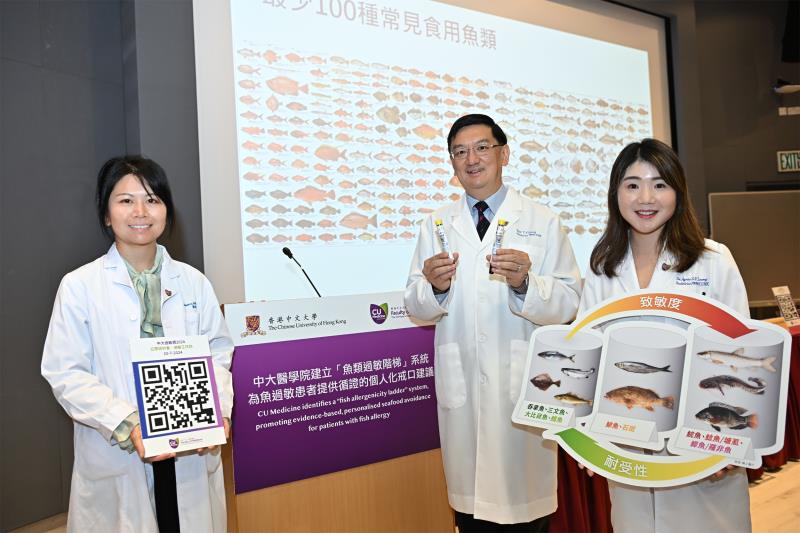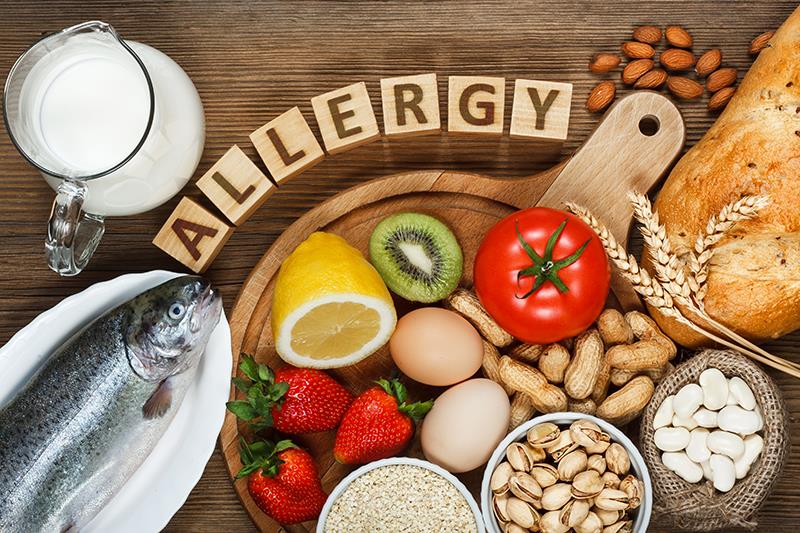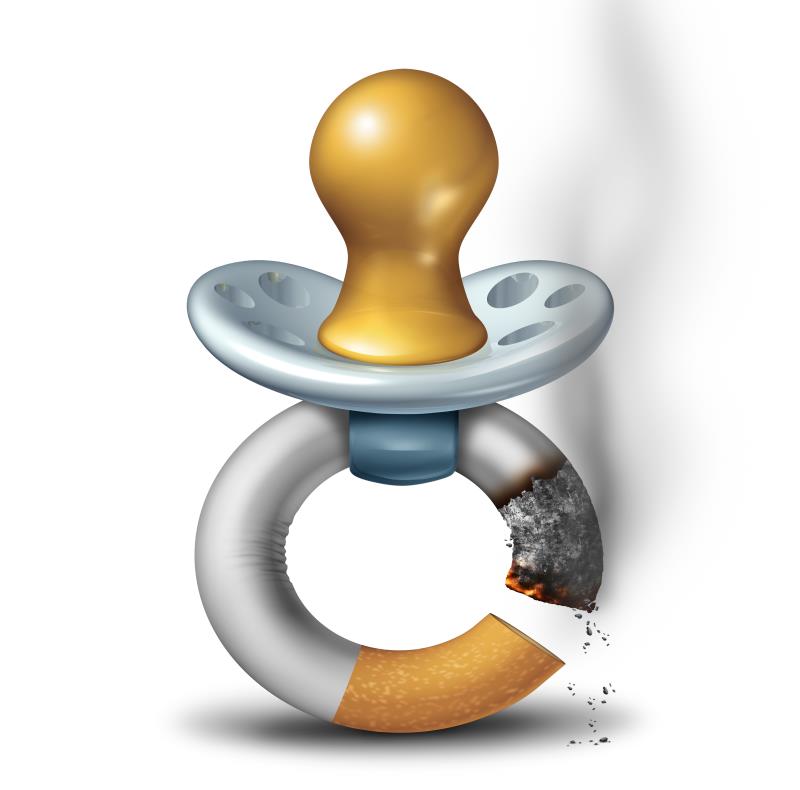Content on this page:
Content on this page:
Overview
Food allergy is an adverse reaction that is due to a
specific immune response occurring reproducibly upon exposure to certain foods,
as stated in the Introduction
section.
As of 2024, one-third of the world’s population has been
diagnosed with varying severity of hypersensitivity, and 10% of them were due
to food allergies. A detailed discussion about the prevalence of food allergy
is in the Epidemiology
section.
The Pathophysiology section states that the immunological
mechanisms in the development of food allergy are IgE mediated or type I
hypersensitivity (eg oral allergy syndrome), non-IgE mediated or type III or IV
hypersensitivity (eg food protein-induced enteropathy, celiac disease) that may
be caused by several chronic diseases, and mixed IgE and non-IgE mediated (eg
eosinophilic gastroenteritis). The developmental process of the immune response
of patients with food allergies is discussed in this section.
The Classification section
lists the classification of food allergies based on their underlying
immunological mechanism. Specific food allergies are also discussed in this
section.
 Food Allergy (Pediatric)_Disease Summary
Food Allergy (Pediatric)_Disease SummaryHistory and Physical Examination
The Clinical Presentation section describes the clinical manifestations
of food allergies depending on the area involved.
The History section emphasizes that a detailed
allergy-focused clinical history is the key part of the diagnostic work-up in
food allergy. Discussions on the information to be obtained during history
taking are found in this section.
The Physical Examination section explains about the signs consistent
with food-induced adverse reactions.
Diagnosis
Discussions on basophil activation test (BAT), skin prick
test (SPT), allergen-specific serum IgE test, oral food challenge, Arachis hypogaea
2 test, food patch test, and food elimination diets that are important in the
evaluation of food allergies are in the Laboratory
Tests and Ancillaries section.
Other diseases that can present with the same symptoms as food
allergies are listed in the Differential
Diagnosis section.
Management
The Pharmacological
Therapy section discusses in
detail the symptomatic therapy for food-induced anaphylaxis and non-acute
food-induced allergic reactions.
The Nonpharmacological section includes things to educate patients
and caregivers about the management of food allergies. Allergen avoidance,
supportive therapy for acute life-threatening allergic reactions, and
indications for referral to an allergist-immunologist in the management of food
allergies are also discussed in this section.
Allergy prevention in patients who are exclusively
breastfed, on milk formula, or already on solid foods is in the Prevention section.
The Monitoring
section explains the evaluation of patients with food allergies during
follow-up.
The need for prompt identification and treatment of
food-induced anaphylaxis in patients with food allergies is emphasized in the Complications section.









